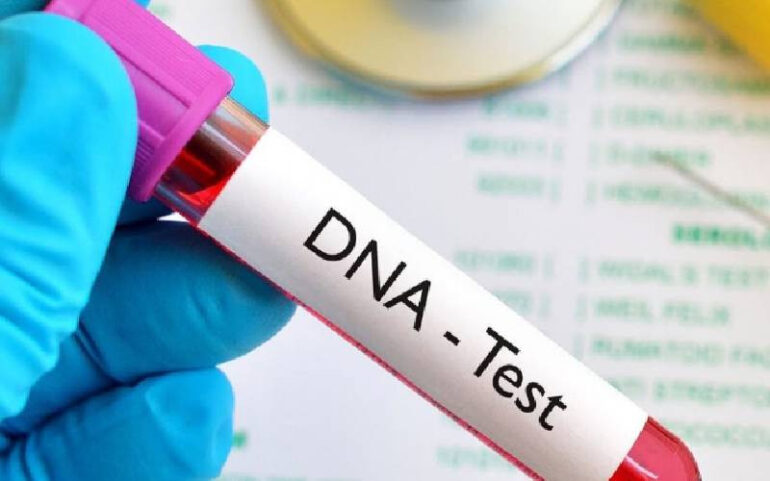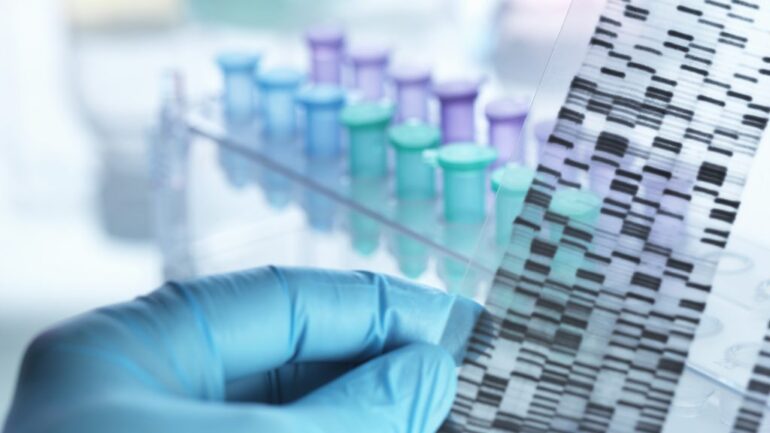Family secrets can be both intriguing and frustrating. On the one hand, they pique our curiosity and instill in us a sense of mystery and excitement. On the other hand, they can be a source of confusion and anxiety, especially when it comes to parenthood and family relationships.
Fortunately, advances in DNA testing technology have made it easier to solve these mysteries and reliably establish family relationships. In particular, the PaternityUSA Grandparent DNA Test has become a valuable tool for solving family mysteries and answering questions about paternity and other relationships.
What is Grandparent DNA Testing?

Grandparent DNA testing is a type of DNA test that examines the genetic material of a grandparent and grandchild to determine the likelihood of a biological relationship between them. This type of test may be useful in situations where the biological father is unknown, but the suspected father’s parents (i.e., the child’s grandparents) are available for testing.
In a grandparent paternity test, the grandchild’s DNA is compared to the grandparent’s DNA to determine the likelihood that they are biologically related. This probability is expressed as a percentage, with higher percentages indicating a greater likelihood of biological relatedness. Generally speaking, a probability of 99% or higher is considered conclusive evidence of a biological relationship, while a probability below this may be less conclusive and require additional testing or analysis.
Why choose Grandparent DNA testing?

There are several reasons why someone might decide to undergo grandparent DNA testing. One of the most common reasons is to establish paternity. When the biological father is unknown or unavailable for testing, the parents of the putative father (i.e., the child’s grandparents) may undergo testing to determine the likelihood of a biological relationship between them and the child. This can be especially useful in court cases involving child support or custody disputes where paternity needs to be established.
DNA testing between grandparents of a grandchild may also be useful in cases where the biological father has died or is unavailable for testing for some reason. In such cases, testing the alleged father’s parents can provide valuable information about the child’s biological background and help answer questions about the child’s family history.
Another reason someone might decide to undergo grandparent DNA testing is to establish other types of family relationships, such as sibling relationships or aunt and uncle relationships. In these cases, DNA testing of the grandchild and his putative grandparents can help determine the likelihood of a biological relationship between them and shed light on questions of family history and genealogy.
How does DNA testing of grandparents work?

Grandparent DNA testing is based on the study of specific sections of genetic material (DNA) that are known to be passed down from generation to generation. These areas, known as markers, can be used to determine the likelihood of a biological relationship between a grandparent and a grandchild.
There are several methods for performing the best grandparent DNA test, but the most common one is known as PCR (polymerase chain reaction). In this method, DNA samples are taken from the grandparent and grandchild and analyzed to determine the presence or absence of specific markers.
After the markers are analyzed, the results are compared to determine the likelihood of a biological relationship between the grandparent(s) and grandchild. This probability is expressed as a percentage, with higher percentages indicating a greater likelihood of biological relatedness.
It’s worth noting that DNA testing of grandparents is not 100% accurate and there is always a slight margin of error. However, the likelihood of a false positive or false negative result is relatively low, especially when testing is performed by a reputable and experienced laboratory.
